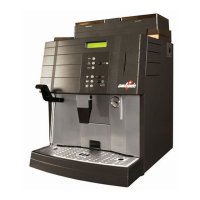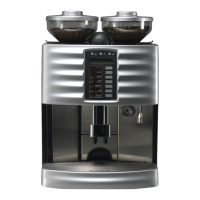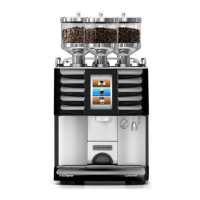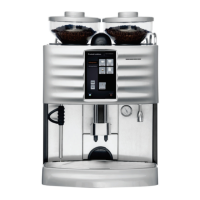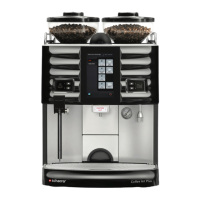Chapter 4 Fault diagnosis
124 SMSO-2-02.04- 15.07.03
Malfunctions in refrigerator
System / component Possible cause Remedy
Electrical faults
Power supply line
External fuses
Fuses F1 of F3 defective
Power PCB defective
replace
replace (see “control system diagram,
Power PCB”)
Refrigerator
Thermostat setting is incorrect, or the
thermostat is defective
adjust (see “Maintenance, refrigerator”)
Compressor Start relay is defective replace (see spare parts catalogue)
Ventilator defective check/replace (see “control system dia-
gram, refrigerator, cooling unit motor”)
No refrigerant in the compressor The refrigerator was transported incor-
rectly; there is not enough refrigerant in
the compressor
Set up the refrigerator in the correct
position, and allow it to stand for at least
six (6) hours; the refrigerant will then col-
lect in the compressor
Compressor overload protection The compressor overload protection has
triggered
Allow the refrigerator (compressor) to
cool down, the refrigerator will restart
automatically. During the waiting period,
the ventilator must continue in operation.
Refrigerator not cooling sufficiently
System / component Possible cause Remedy
Refrigerator
Door does not shut properly check / adjust (see spare parts cata-
logue)
Evaporator (the cooling element
in the refrigerator)
iced up defrost
Cooling unit (heat exchanger) dusty or dirty; poor heat dissipation to
ambient air
clean
Ventilator / ventilation The ventilator is faulty or there is insuffi-
cient ventilation (air circulation)
check the ventilator / replace the ventila-
tor (see “control system diagram, refrig-
erator, cooling unit motor”)
Erection position / setting Has been erected close to a heat source
(seasonal fluctuations in cooling effect)
Find a different location for the machine
/ refrigerator
Provide better air circulation
Refrigerator making noises
System / component Possible cause Remedy
Erection the unit is not horizontal or is unstable. Place the refrigerator on a horizontal
surface and make sure it is standing
firmly on all its feet.
Cooling pipes The cooling pipes are in contact with the
cover and shake as the compressor vi-
brates.
Lay the cooling pipes (thermostat pipe)
in such a way that they do not touch the
cover.
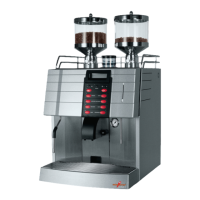
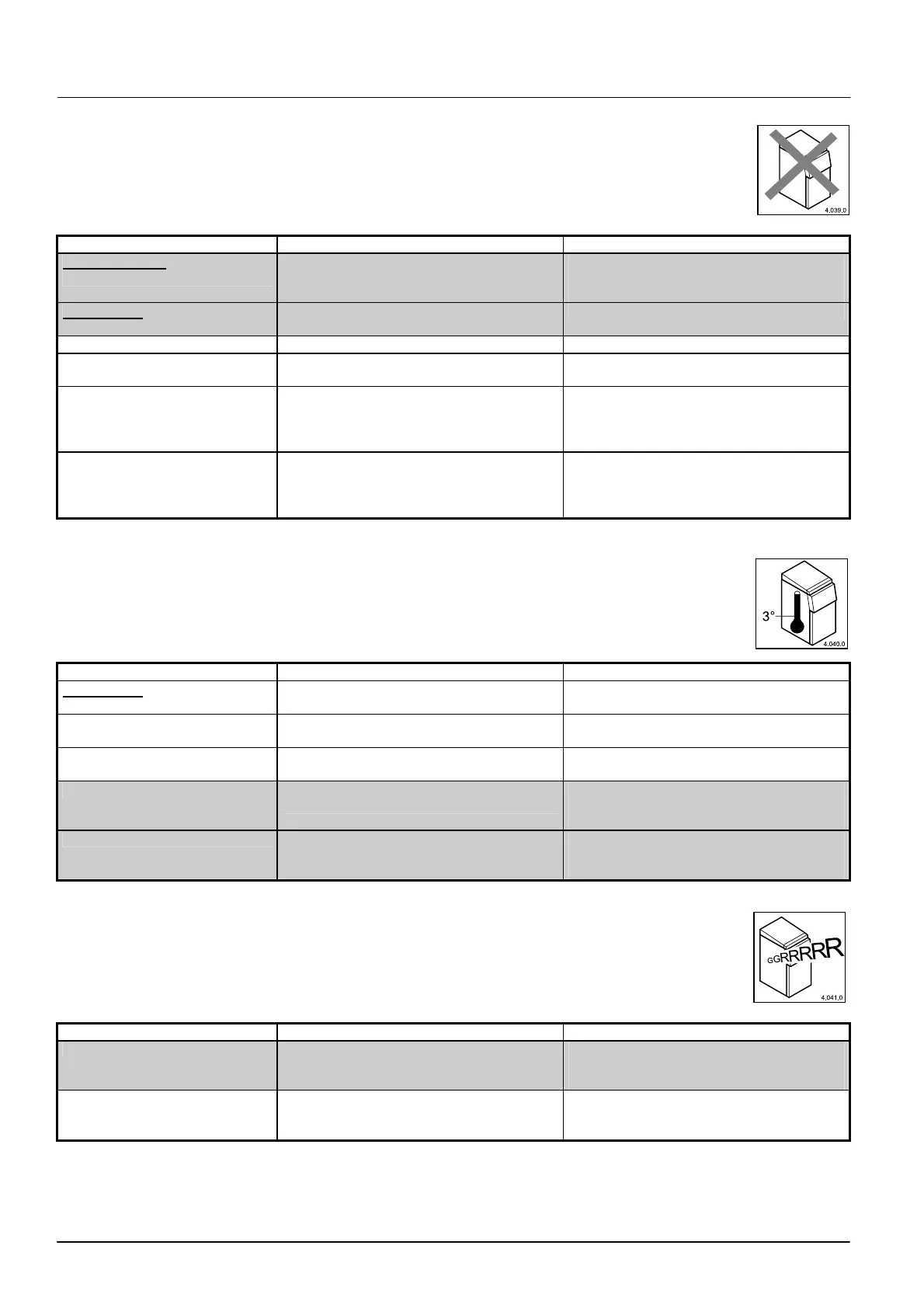